- About us
- Support the Gallery
- Venue hire
- Publications
- Research library
- Organisation chart
- Employment
- Contact us
- Make a booking
- Onsite programs
- Online programs
- School visit information
- Learning resources
- Little Darlings
- Professional learning
Melbourne-born Robert Rooney was a painter, photographer, art critic and a leading proponent of conceptual art in Australia. Among his photographic works are a body of candid portraits of his art world friends and acquaintances characterised by a spare, informal aesthetic. ‘There were certain rules – to use available light, no matter how dim, and no cropping of images,’ he said. Rooney’s portrait of artist Jenny Watson (b. 1951) was taken in the decaying building on Lonsdale Street that was home to Art Projects – an exhibition space co-run by Watson.
Purchased 2012
© Estate of Robert Rooney



On one level The Companion talks about the most famous and frontline Australians, but on another it tells us about ourselves.
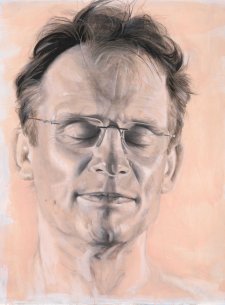
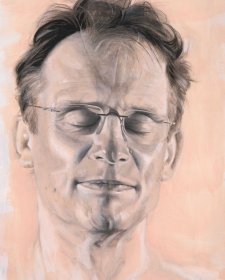
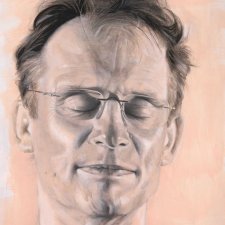
Anne Sanders and Christopher Chapman bring passionate characterisation to Express Yourself, the Portrait Gallery collection exhibition celebrating iconoclastic Australians.
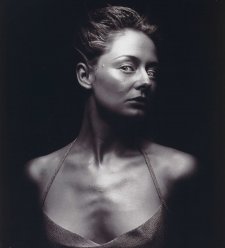
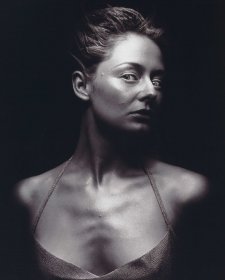
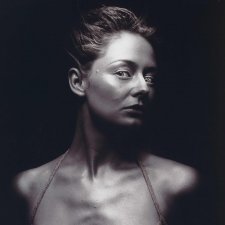
Eye to Eye is a summer Portrait Gallery Collection remix arranged by degree of eye contact – from turned away with eyes closed all the way through to right-back-at-you – as we explore artists’ and subjects’ choices around the direction of the gaze.